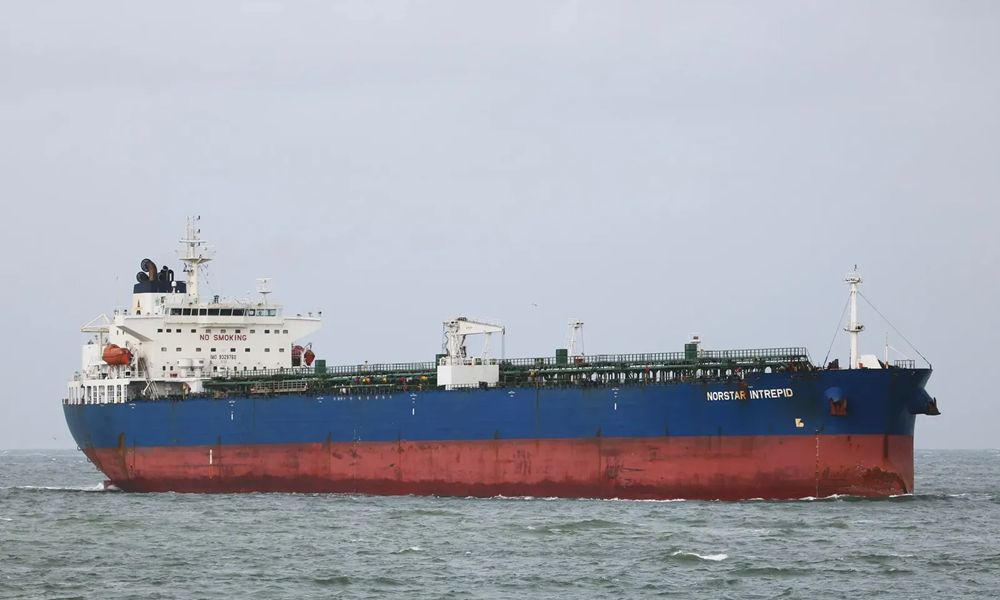Baltic Sea Incident Raises Concerns Over Underwater Infrastructure

Finnish authorities have detained a tanker suspected of damaging a crucial subsea power cable that connects Finland and Estonia. This incident has also disrupted several underwater data cables. The situation highlights growing concerns over the security of underwater infrastructure in the Baltic Sea, an area that has seen a troubling rise in such incidents in recent years.
Detention of the Tanker and Initial Findings
The Cook Islands-flagged tanker, named Eagle S, was carrying oil from Russia to Egypt when it was boarded by Finnish police and border guards. This action followed the breakdown of the Estlink 2 cable, which spans 170 kilometers and has a capacity of 650 MW. The cable failure occurred on a Wednesday, prompting immediate investigation.
Authorities reported that the Eagle S, built in 2006 and weighing 74,000 deadweight tons, was missing its anchor. This missing anchor is believed to be the likely cause of the damage to the subsea cable. The vessel has a controversial history, previously known as Norstar Intrepid, and is linked to Russia’s shadow fleet and various maritime operations based in India and Dubai.
During the investigation, at least two other vessels were spotted near the incident site. One of these was the Xin Xin Tian 2, a container ship owned by a Chinese company. The presence of multiple vessels raises questions about the safety and monitoring of maritime activities in the region, especially given the recent history of similar incidents.
Growing Concerns Over Underwater Infrastructure Security
The Baltic Sea has become a hotspot for disruptions to vital underwater infrastructure, including power cables, telecommunications links, and gas pipelines. In September 2022, a series of underwater explosions severely damaged the Nord Stream pipelines, which transported Russian gas to Europe. More recently, in October 2023, another incident occurred when the anchor of the NewNew Polar Bear, a containership, damaged a gas pipeline between Finland and Estonia.
In November, two data cables were cut, one linking Finland and Germany and another connecting Lithuania and Sweden. These incidents have led to heightened scrutiny of maritime operations in the Baltic Sea. Finnish President Alexander Stubb has called for a thorough investigation into the risks posed by vessels associated with Russia’s shadow fleet.
Estonian Foreign Minister Margus Tsahkna expressed alarm over the frequency of these incidents. He stated that the damage to essential underwater infrastructure has become so common that it is hard to believe it is merely coincidental or due to poor seamanship. Tsahkna emphasized that these incidents should be treated as systemic threats to national security.
As authorities continue to investigate the Eagle S incident, the focus remains on ensuring the safety and security of vital underwater infrastructure in the Baltic Sea. The implications of these disruptions extend beyond immediate economic concerns, touching on national security and international relations in a region already fraught with tension.
